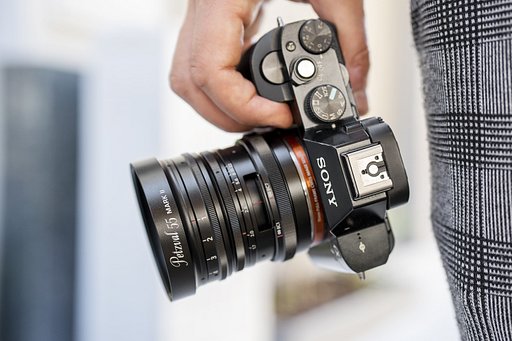The Sunny 16 Rule
23 74Got an older Lubitel, bought an antique camera with a broken light meter or none at all? Don’t rush out and buy an expensive new light meter, give Sunny 16 a go first!

Sunny 16 is a rule of thumb photographers have been using for decades with great success, and with modern films having wider exposure latitudes (you have more room for error if you under or over expose), perhaps even more relevant today.
The rule is very simple, though can be described quite complexly. I’ll take the easy route. If it is a sunny day, set your aperture to f16 and set your shutter speed for the closest number to the ISO or ASA value of your film.
By way of example:
I’m outside, it’s a nice bright day. There are next to no clouds in the sky and I loaded the camera with ISO 100 film. I set the aperture to f16, the shutter speed to 1/125, focus and shoot. I pick up the film from the lab and it is perfectly exposed! Now you may know that different apertures cause different effects, change the depth of field etc. If you know what I’m talking about and are interested, read on, if not, then skip to after the photos for the really useful part.
Let’s say you want to use f11 on a sunny day and not f16, then the rule tells you to compensate for letting more light in (which is what happens when you lower your aperture value), by increasing your shutter speed one notch on your dial (or one stop – the technical term). See the compromise? So I set the aperture to f11 (down a number, in comes more light), and the shutter to 1/250 (higher number, shutter is open for less time). And this goes on, change your aperture down two stops to f8, increase your shutter speed two stops up to 1/500 (though not on the Lubitel)
Unfortunately, the day I shot these photos, it wasn’t that simple, there was a cloud cover and wind, so the light kept changing dramatically and the film I had was Kodak Ektacolor Pro160. What’s great about Sunny 16, is that it helps you figure out what to do if things are not perfect. It’s a sliding rule (every pun intended).
I’m not great with math, so the easiest way for me to cope is to memorise a few types of conditions, and the relevant aperture and keep a consistent shutter speed.
f/22 = Snow/Sand
f/16 = Sunny
f/11 = Slight Overcast
f/8 = Overcast
f/5.6 = Heavy Overcast
f/4 = Open Shade/Sunset
So I’ve got Ektacolor 160 ISO, set my shutter speed to 1/125 and dial in f/8 cock the shutter and I pointed my lens up into the trees with light streaming almost directly into the lens. f/22. It almost always works. Almost, I think it’s safe to say this is a little overexposed.
One final word on Sunny 16. When using colour negative, you do have quite a wide margin of error, remember that with slide film for cross processing, this isn’t as true, and you might want to stop down, though that’s another tipster for another day. Class dismissed.
For more information visit Wikipedia - Sunny 16 Rule and Guide to Film Photography
written by adam_g2000 on 2011-12-07 #gear #tutorials #light #camera #tutorial #aperture #tipster #setting #guideline #shutter-speed #sunny-16 #lubitel-b





















23 Comments